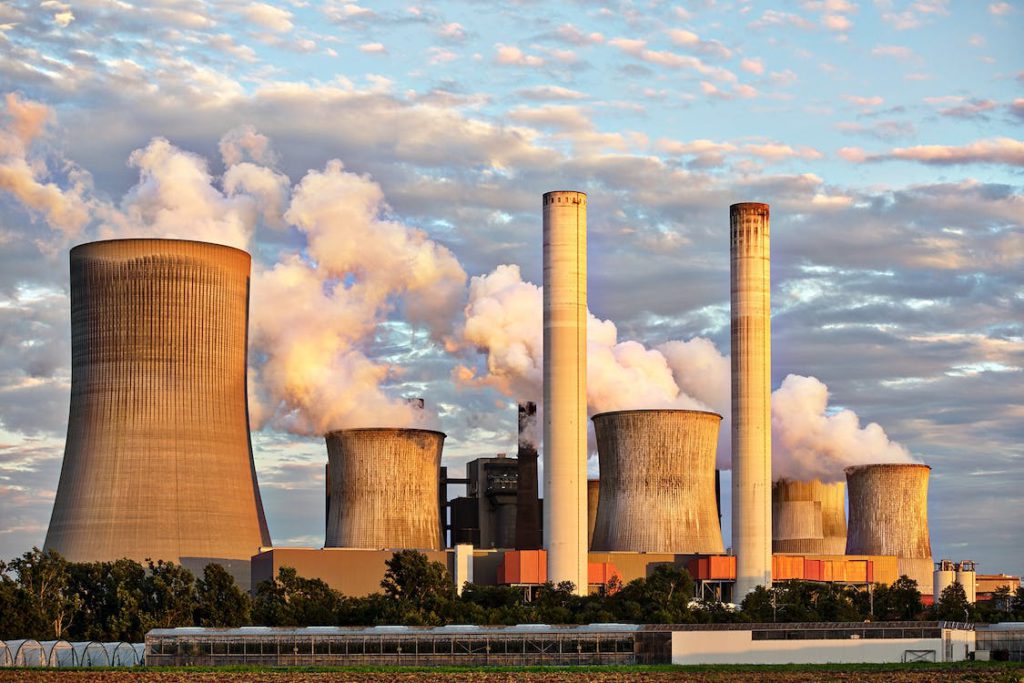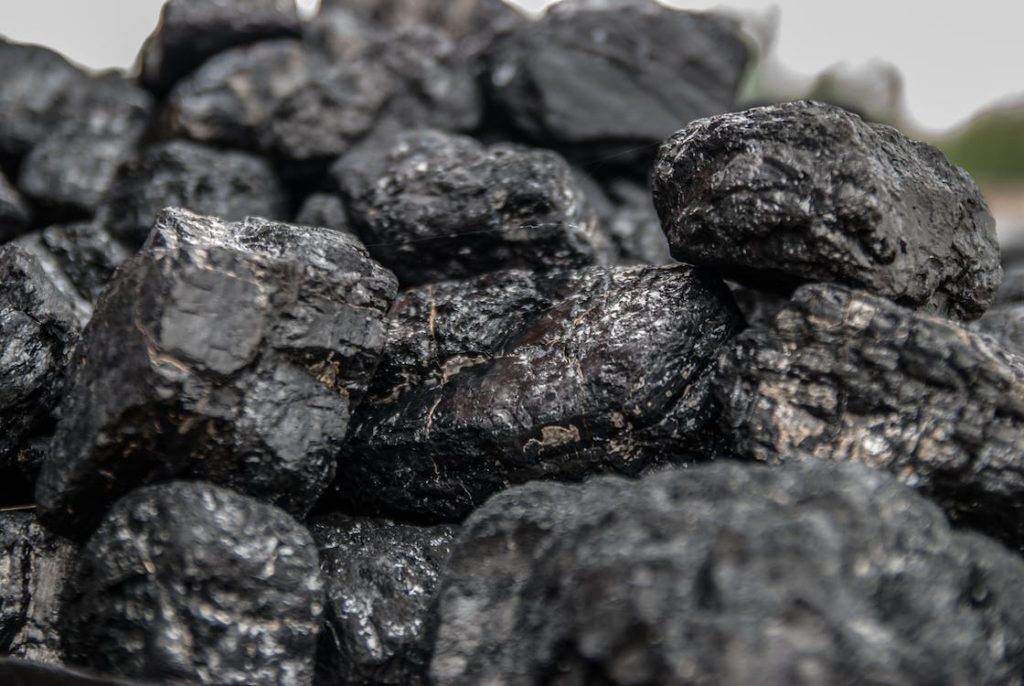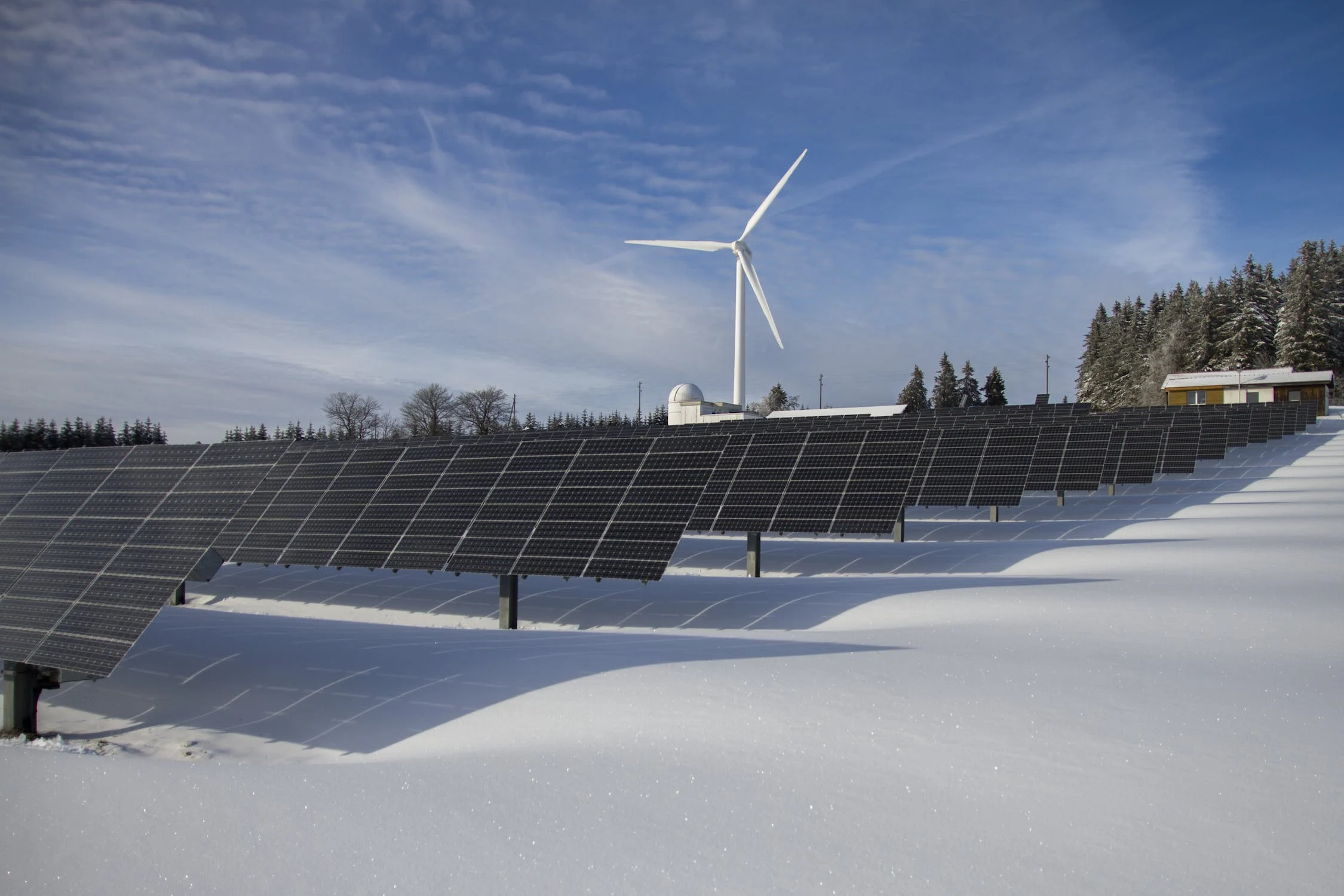|
|
Renewable energy has become a hot topic in recent years as the world faces the challenges of climate change and diminishing fossil fuel reserves. But what exactly is renewable energy, and how does it differ from traditional energy sources like fossil fuels? This article will explore the top 10 renewable energy sources, their benefits, limitations, and their role in building a sustainable future.
What is Renewable Energy?
Renewable energy refers to energy sources that are naturally replenished and can be utilized without depleting the Earth’s resources. Unlike fossil fuels such as coal, oil, and natural gas, which are finite and emit greenhouse gases when burned, renewable energy sources have minimal or no emissions and provide a long-term solution to our energy needs.
The Definition and Importance of Renewable Energy
Renewable energy includes various sources such as wind, solar, geothermal, biomass, and hydropower. These sources have the potential to provide clean and sustainable energy for various applications, including electricity generation, heating, and transportation. The importance of renewable energy lies in its ability to reduce greenhouse gas emissions, combat climate change, and ensure a more secure and stable energy future.
Top 10 Renewable Energy Sources
Biomass: A Renewable but Carbon-Emitting Fuel
Image Credit: powerworldanalysis.com
Biomass energy involves converting organic matter into energy through various processes, including combustion, fermentation, and gasification. The organic matter, such as crop residues or wood pellets, is burned or transformed into biogas, which can be used directly or processed into liquid biofuels.
In 2022, China led the world in bioenergy capacity with 34.1 gigawatts, followed by Brazil at 17.2 gigawatts. Germany ranked fifth, boasting a capacity of 9.9 gigawatts. Bioenergy is derived from organic materials like wood and manure, containing stored chemical energy.
Hydropower: Nature’s Renewable Energy
Image Credit: greenbyte.no
Hydropower, a standout in the realm of renewable energy, distinguishes itself by harnessing the natural force of flowing water, often from sources like dams and waterfalls. The geography of a region significantly influences the effectiveness of hydropower production, with mountainous terrains proving especially conducive to its implementation. BizVibe’s research delves into the landscape of electricity production through hydropower, spotlighting the top performers in this field for 2020.
- Global hydropower capacity in 2019 reached 1,308 gigawatts (GW).
- The increase of 1.2 percent fell below the five-year annual average of 2.1 percent and the estimated 2.0 percent needed for Paris Agreement targets.
- Fifty countries augmented hydropower capacity in 2019.
- Brazil, China, and Laos led in individual capacity increases: Brazil added 4.92 GW, China added 4.17 GW, and Laos added 1.89 GW.
- India surpassed Japan to become the world’s fifth-largest hydropower producer, with a total installed capacity exceeding 50 GW.
Geothermal Energy: Utilizing Earth’s Heat

Geothermal energy utilizes the heat and steam from the Earth’s geothermal sources to power turbines. Volcanic activity plays a critical role in harnessing this renewable energy.
This energy offers several advantages. It is a reliable and constant energy source since the Earth’s heat is available 24/7. Geothermal power plants have a small land footprint and produce minimal emissions. Geothermal heating and cooling systems can also provide energy-efficient solutions for residential and commercial buildings.
However, there are limitations to geothermal energy. The upfront cost of drilling and building geothermal power plants can be high. Not all regions have accessible geothermal resources, limiting their availability. Additionally, geothermal power plants can deplete underground reservoirs if not appropriately managed.
Wind Power: Harnessing the Breeze

Wind power has gained momentum as a clean energy source. Wind energy is harnessed using tall, slender structures with multiple blades known as wind turbines. These turbines are strategically placed in areas where the wind is abundant and consistent, such as coastal regions and open plains.
As the wind blows, it causes the turbine blades to spin, activating the generator to produce electricity. Wind turbines come in various sizes, from small turbines used to power individual homes to large-scale turbines used in wind farms.
In 2019 China, the US, and India led the world in wind power production. These countries have collectively embraced wind energy, indicating significant growth potential in this underutilized resource.
Biofuel: An Alternative to Traditional Fuels

Image Credit: earthava.com
Biofuels, a sustainable alternative blended with gasoline, have gained recognition as an eco-friendly solution to mitigate the environmental impact of traditional fossil fuels. In 2020, the United States demonstrated leadership on the global stage by emerging as the top producer of biofuels.
Notably, Indonesia has taken a significant step toward reducing dependence on the oil market by mandating a 15% biofuel blend, showcasing a commitment to sustainable energy practices. This strategic move aligns with global efforts to transition toward cleaner and more environmentally conscious fuel options, promoting a greener and more sustainable energy landscape.
Solar Power: A Shifting Energy Landscape

Solar energy is another abundant and clean renewable source that harnesses the sun’s power. It involves converting sunlight into usable electricity through the use of solar panels. It is also known as photovoltaic (PV) panels, which are made up of solar cells that convert sunlight into electrical energy. When sunlight hits the solar cells, it excites the electrons, allowing them to flow as an electric current. This current is then captured and converted into usable electricity.
Solar power capacity saw China as the top country in 2021, closely followed by the US and Japan. As new technologies and more efficient panels emerge, the dynamics of solar energy are changing rapidly, with shifts expected in the global rankings.
Nuclear Power: Controversial but Low Emissions

Nuclear power emerges as an energy source characterized by minimal emissions, presenting an efficient and enduring solution with a prolonged lifecycle. However, the adoption of nuclear power varies significantly among nations, primarily due to the restricted access to advanced nuclear technology.
Visual Capitalist’s comprehensive data sheds light on the leading countries in nuclear power production and its integration into their energy mix. While some nations embrace nuclear power as a key component of their energy strategy, others remain cautious or exclude it entirely. This divergence in adoption underscores the complex global landscape of nuclear energy, highlighting the ongoing debate surrounding its benefits and risks on the path to a sustainable energy future.
Coal: A Dwindling Fossil Fuel

Coal, a prominent fossil fuel notorious for its substantial pollution footprint, is gradually declining in global significance. This shift is attributed to the increasing recognition of its severe environmental impact, prompting countries to pivot away from coal-centric energy strategies.
Worldometers, a reliable source of statistical information, offers valuable insights into the top nations holding coal reserves and the ongoing depletion of global coal stores.
- As of 2016, the US holds the largest coal reserves globally, amounting to 254,197,000,000 tons.
- Russia follows with a substantial reserve of 176,770,840,800 tons, while Australia holds 159,634,329,600 tons.
- In 2020, the remaining global coal reserves were reported to be 1,074 billion tons, indicating a continuous decline as nations deplete their coal resources.
- Notably, the US alone consumes slightly over 50% of the world’s annual coal consumption, emphasizing the significant impact of its coal utilization on the global scale.
As the world grapples with the imperative to transition towards cleaner and more sustainable energy alternatives, the diminishing role of coal underscores a critical juncture in the global energy landscape.
Natural Gas: The Greenest Fossil Fuel

Natural gas, recognized for its abundance and comparatively cleaner combustion compared to other fossil fuels, is poised to sustain its significance in the near term as the world transitions away from more environmentally impactful energy sources.
According to data from Worldometers, several nations stand out for their substantial reserves and considerable natural gas consumption. As of 2017, worldometers reported that there were 6,923 trillion cubic feet of proven natural gas reserves globally. Russia had the biggest share with 1,688,228,000 million cubic feet, followed by Iran with 1,201,382,000 million, and Qatar at 871,585,000
The portability of natural gas, its ability to be transported in liquid form, and its cost-effectiveness contribute to its appeal. As the global shift towards cleaner energy continues, natural gas is expected to play a crucial role in meeting energy demands while minimizing environmental impact.
Oil or Petroleum: The Foundation of Modern Industry

Oil and petroleum, often called black gold, play a pivotal role as fundamental energy sources that fuel modern industrialization. The United States, Saudi Arabia, and Russia are the world’s primary contributors to oil production, collectively shaping the global energy landscape.
Notably, the US stands as a dominant force, accounting for a substantial 20% share of the world’s oil production as of 2020. This enduring significance of oil in the energy sector underscores its crucial role in supporting and sustaining various industries worldwide.
How Renewable Energy Differs from Fossil Fuels
Renewable energy differs from fossil fuels primarily in two ways. Firstly, renewable energy sources are naturally replenished, while fossil fuels take millions of years to form and are being depleted at an alarming rate. Secondly, burning fossil fuels releases carbon dioxide and other pollutants into the atmosphere, contributing to global warming and air pollution. In contrast, renewable energy sources are clean, producing little to no emissions during operation.
Advantages and Disadvantages of Renewable Energy
While renewable energy offers numerous benefits, it also has certain limitations. One of the main advantages of renewable energy is its potential to significantly reduce greenhouse gas emissions, helping to mitigate climate change.
Additionally, renewable energy sources are often more sustainable in the long run, as they can be harnessed indefinitely without depleting natural resources. However, renewable energy technologies can be costly, and their intermittency can challenge grid integration and energy storage.
However, biomass energy can negatively impact air quality, especially when inefficient combustion techniques are used. Cultivating energy crops for biomass production can also lead to deforestation and habitat loss if not properly managed.
Frequently Asked Questions
Renewable energy refers to any form of energy that is derived from sources that are naturally replenished, such as sunlight, wind, water, and geothermal heat. Unlike fossil fuels, which are finite and contribute to environmental pollution, renewable energy sources are sustainable and clean.
Renewable energy is crucial because it offers an alternative to fossil fuels, contributing to climate change and air pollution. We can reduce our dependence on non-renewable resources by harnessing renewable energy sources, mitigating climate change, and creating a cleaner and more sustainable future.
The top renewable energy sources include solar, wind, hydropower, biomass, geothermal, hydropower, biomass, geothermal, and tidal energy. These sources of energy are abundant, widely available, and have the potential to meet our energy needs without harming the environment.
Solar energy is harnessed through solar technologies such as photovoltaic (PV) cells and solar thermal systems. PV cells convert sunlight directly into electricity, while solar thermal systems use the sun’s heat to generate steam, which can be used to drive turbines and produce electricity.
Wind energy is generated by harnessing the power of the wind using wind turbines. As the wind blows, it causes the blades of the turbines to rotate, which in turn drives a generator to produce electricity. Wind power is a clean and abundant source of energy that is widely used around the world.
Hydropower, or hydroelectric power, is generated by harnessing the energy of flowing or falling water. This is typically done by building dams or using tidal movements to turn turbines and produce electricity. Hydropower is a reliable and renewable energy source that has been used for centuries.
Biomass energy is derived from organic matter such as plants, crop residues, wood, and animal waste. This organic matter is burned or converted into biogas through anaerobic digestion, and the resulting heat or gas can be used for heating, electricity generation, and transportation fuels.
Geothermal energy is generated from the heat naturally produced within the Earth. This heat can be harnessed through geothermal power plants, where hot water or steam from deep underground is used to drive turbines and generate electricity. Geothermal energy is a reliable and sustainable source of power.
Tidal energy is generated by harnessing the power of ocean tides. This is typically done by constructing barrages or underwater turbines that capture the energy of the moving tides and convert it into electricity. Tidal energy is a predictable and renewable source of power.
Renewable energy sources, such as solar, wind, and hydropower, are increasingly being integrated into the energy mix to diversify our power sources and reduce dependence on fossil fuels. We can create a more sustainable and resilient energy infrastructure by incorporating renewable energy into our energy system.
The potential for renewable energy is vast. According to the International Energy Agency, renewable energy sources have the potential to meet more than one-third of global energy demand by 2030. We can transition to a more sustainable and clean energy future with continued technological advancements and greater investment in renewable energy projects.
Conclusion
Renewable energy sources offer a sustainable and clean alternative to fossil fuels. Wind, solar, geothermal, biomass, hydropower, and nuclear energy have advantages and limitations. As we strive to build a sustainable future, combining different renewable energy sources and developing energy-efficient technologies will play a crucial role in reducing greenhouse gas emissions, combating climate change, and ensuring a reliable and secure future for future generations.












